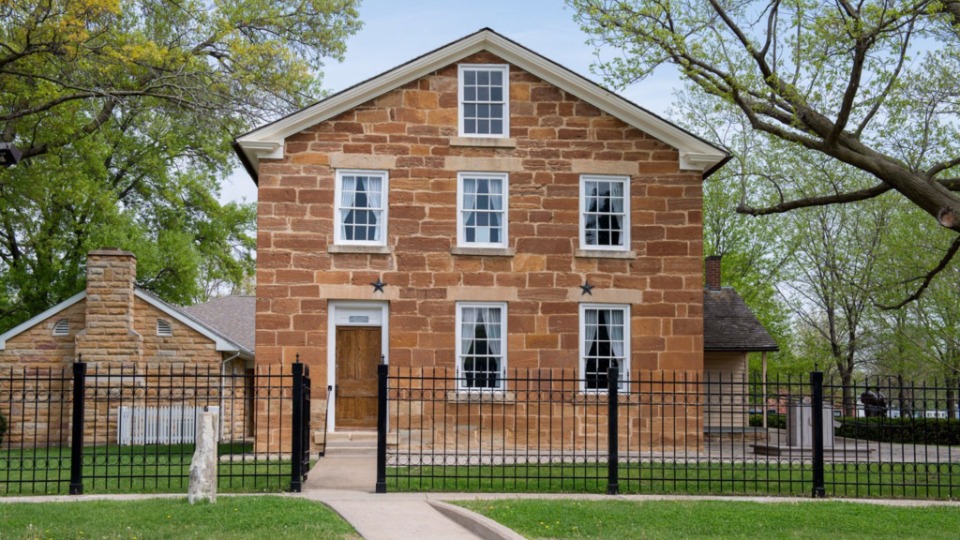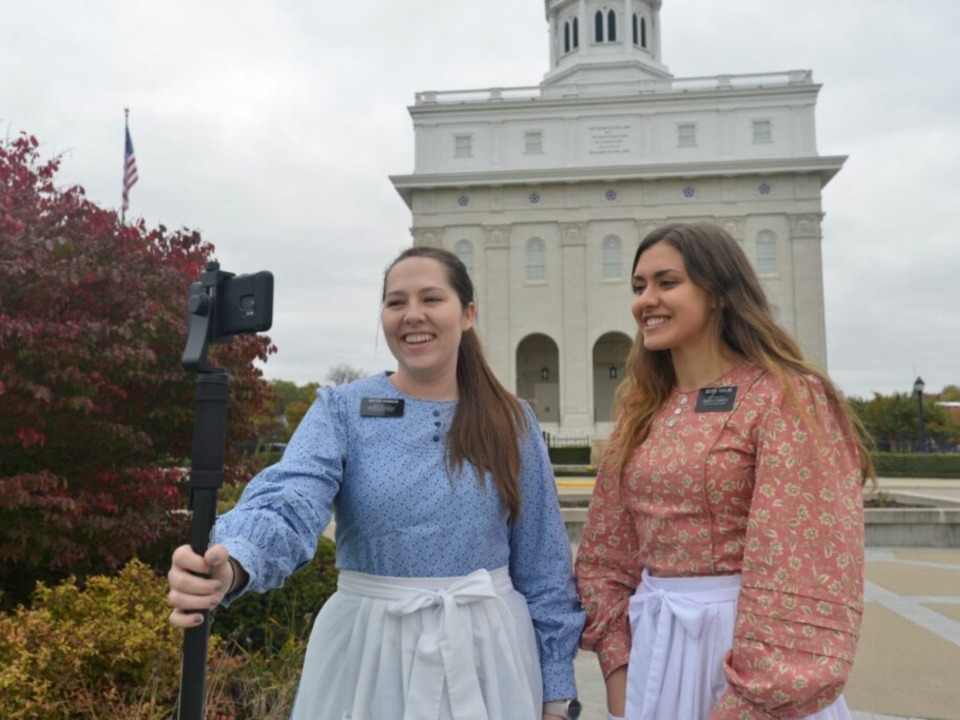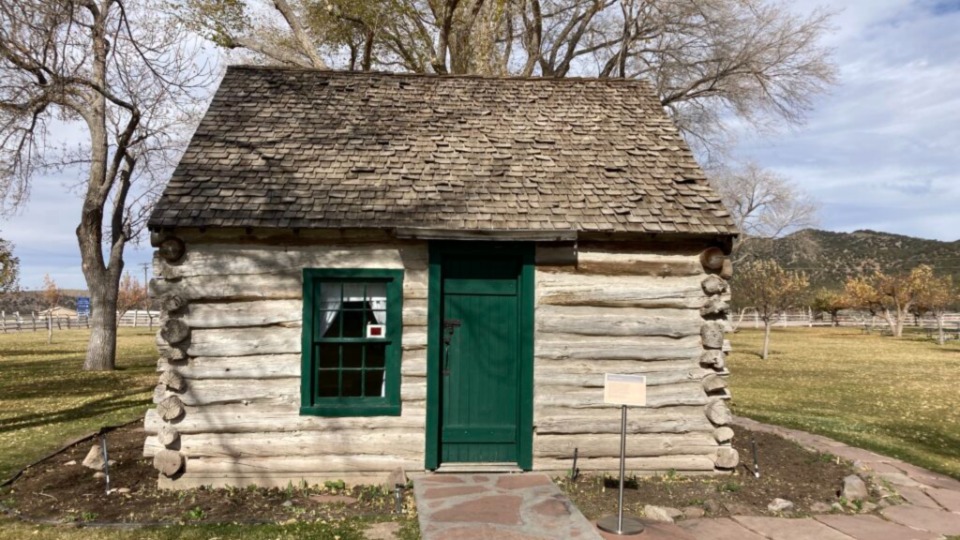
This story appears here courtesy of TheChurchNews.com. It is not for use by other media.
By Mary Richards, Church News
All of the Church’s historic sites are now fully open to the public, the Church announced on Tuesday, March 1.
The Church closed the sites to in-person visitors in March 2020 because of the COVID-19 pandemic, then began a phased reopening plan in May 2021 with several COVID-19 precautions. Performances, such as the Nauvoo and British pageants in Nauvoo, Illinois, were put on hold.
Now, for the first time in two years, all of the landmarks, visitors’ centers, museums and other locations owned and operated by the Church, from Vermont to New York to Missouri to Wyoming to California, are returning to normal operations for in-person visitors.
When sites closed in March 2020, many missionaries were released or reassigned. But site leaders and missionaries also innovated and responded by offering virtual tours of these sacred spaces. Many of those virtual tours will continue. Availability can be found by searching each location through the Church’s website.

Even though the sites are all found within the United States, they have significance to members of the Church globally, Gary Boatright, operations manager of historic sites for the Church History Department, explained in an interview with the Church News in January 2021.
“There is power about place,” Boatright said.
Church historic sites curator Benjamin Pykles has told the Church News that the purpose of any tour is to provide an understanding of the significance and sacredness of the place — and it’s evident the Spirit can testify in person and virtually.
“We’ve had people connect with the sites and the missionaries at the sites and received tours from all over the world,” Pykles said. “It has been remarkable to see the impact that a virtual tour has had on members’ faith and testimonies of the Restoration in very similar ways as those that are privileged enough and fortunate enough to be able to come in person.”
At the same time, he said, there is still a lot of work to do in continuing to reach global audiences through prerecorded tours, more virtual options, additional languages and better connectivity or access.

Boatright spoke again with the Church News in January 2022 about the future of historic sites for the Church and what he hopes for visitors.
The Church history sites are to be experienced, not just seen and checked off a list, Boatright said.
“These places were made sacred by the faith and dedication of the early Saints and also the miraculous events that occurred in these places,” he said. “They are made sacred now by a number of things: by the sacrifice and dedication of the missionaries who are called to serve in these places; … by the lives that are changed; by the members of the Church who go there and their faith and testimony is strengthened; by those of other faiths who come and learn more about the history and walk away with a feeling and an understanding that what they just visited is a holy and a sacred place.”
See the Church’s Historic Sites website for links to each site, details about in-person visits and information about virtual tours.
Copyright 2022 Deseret News Publishing Company